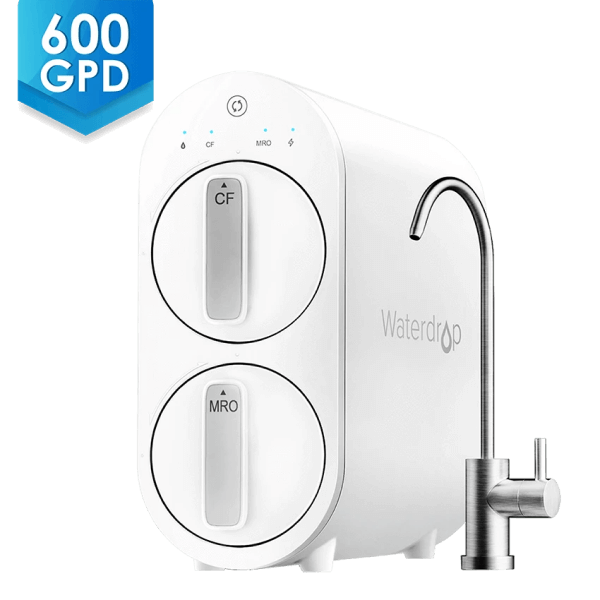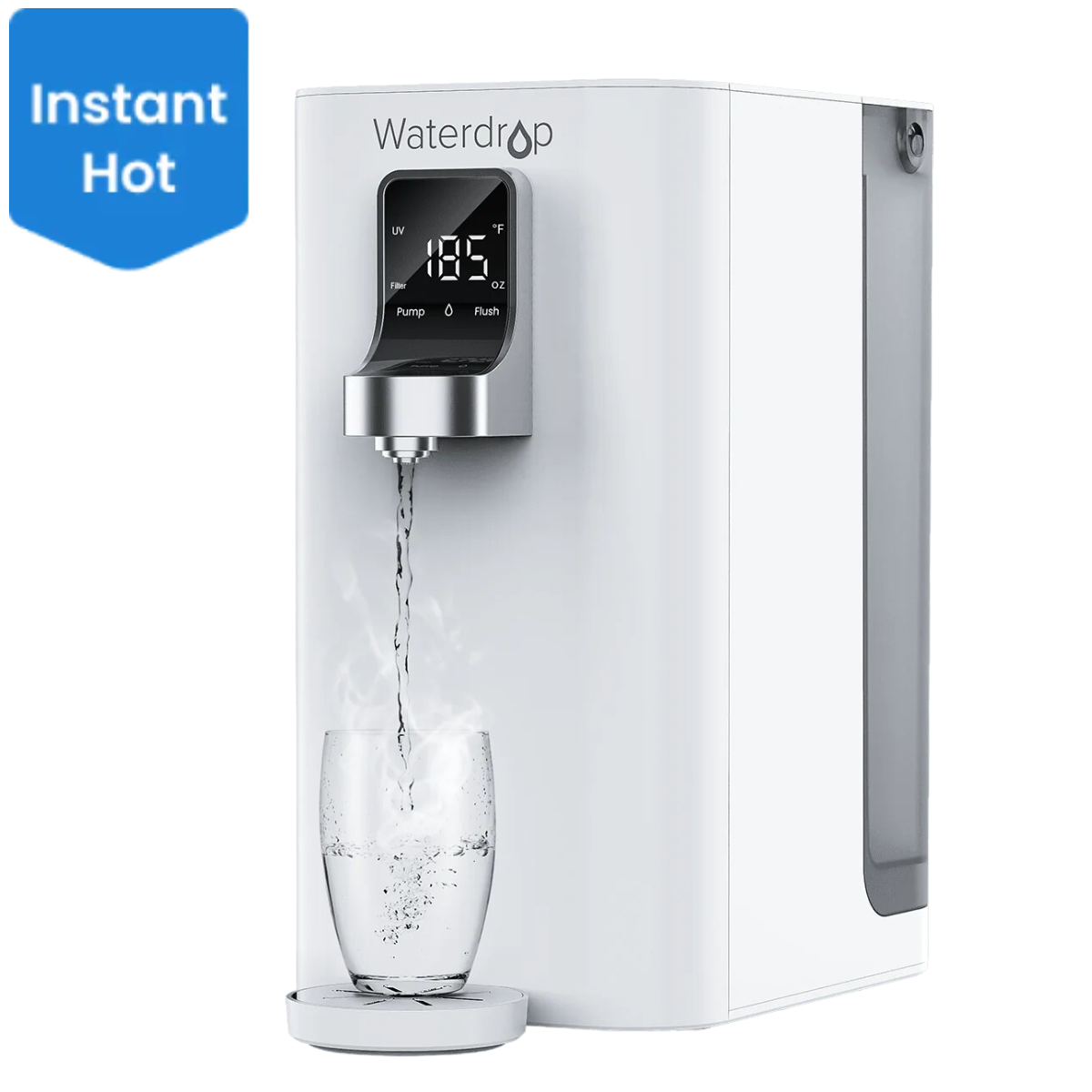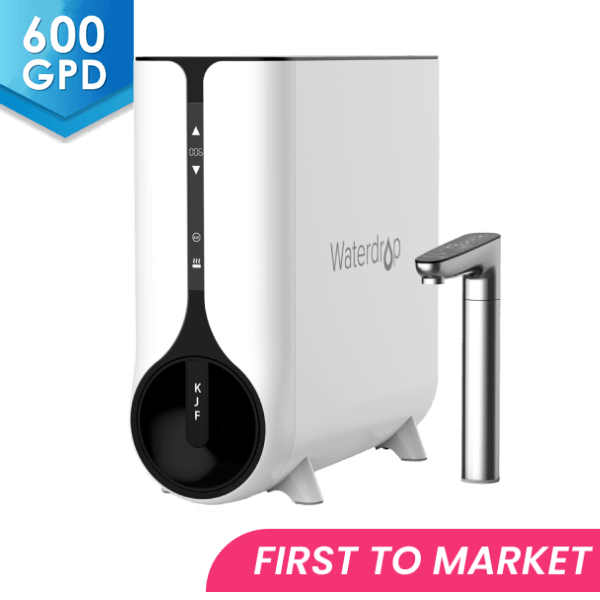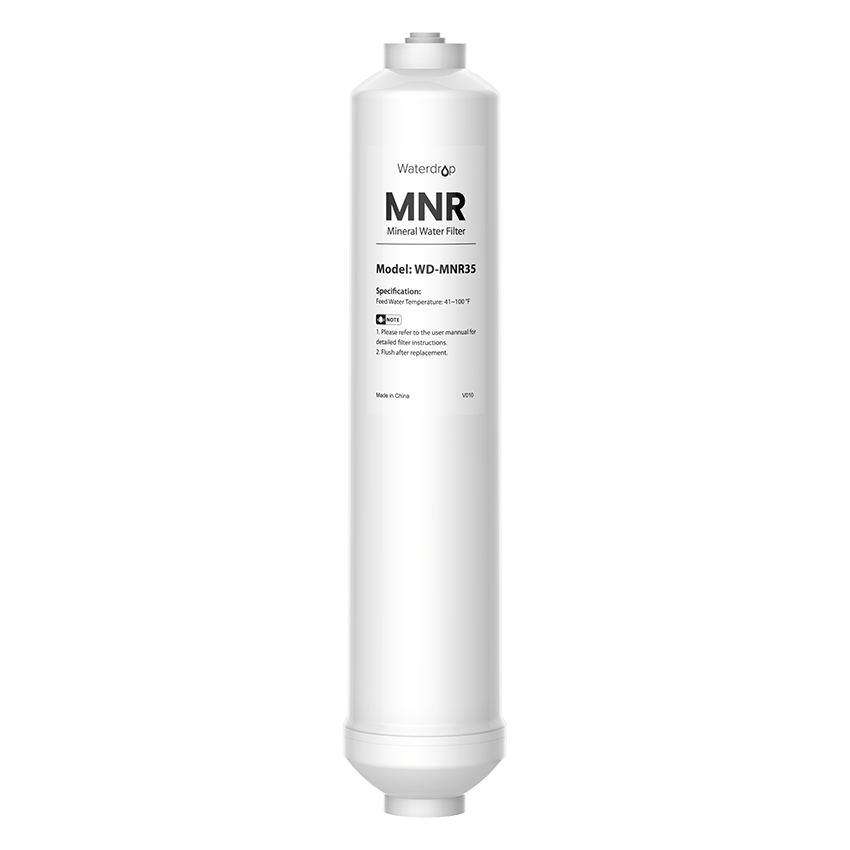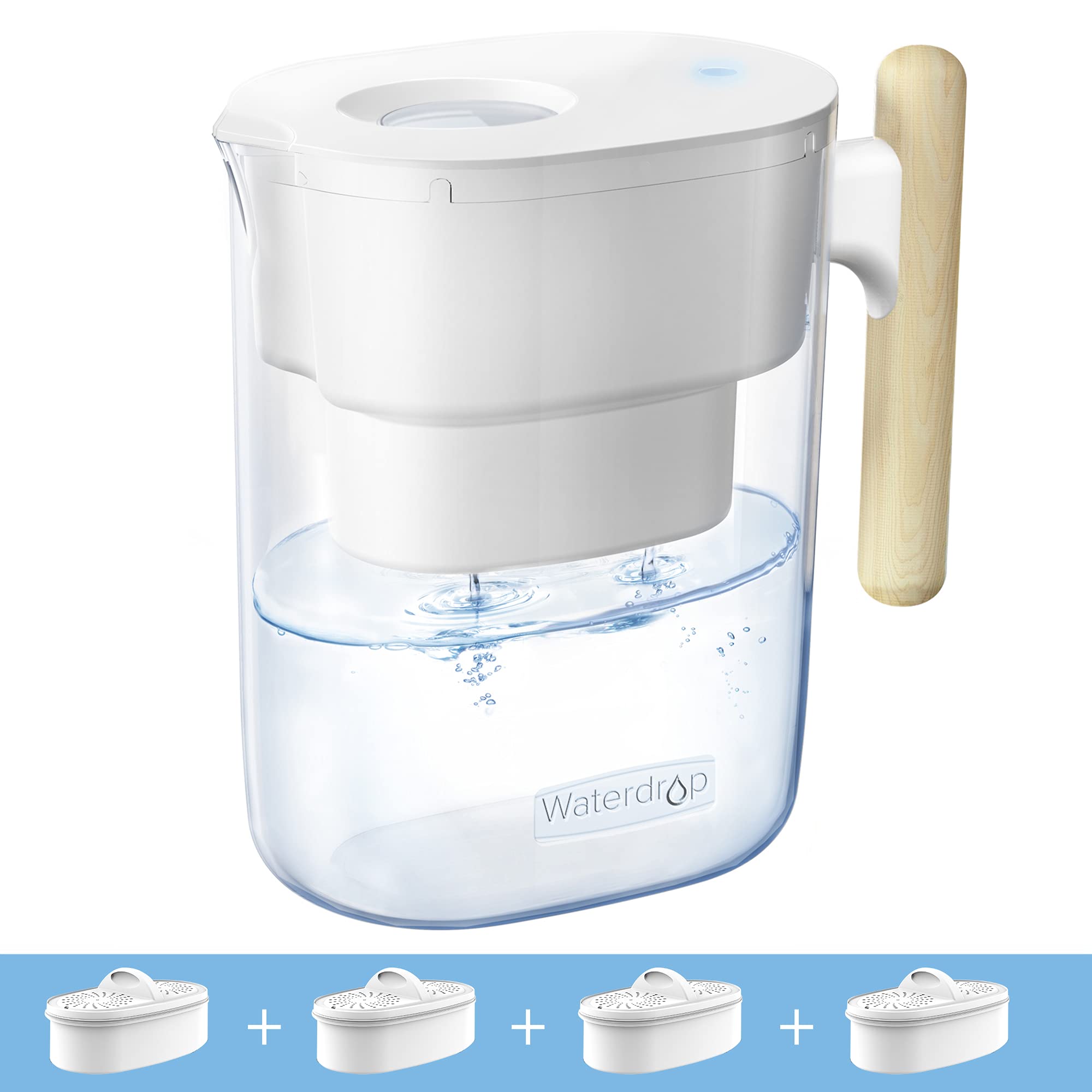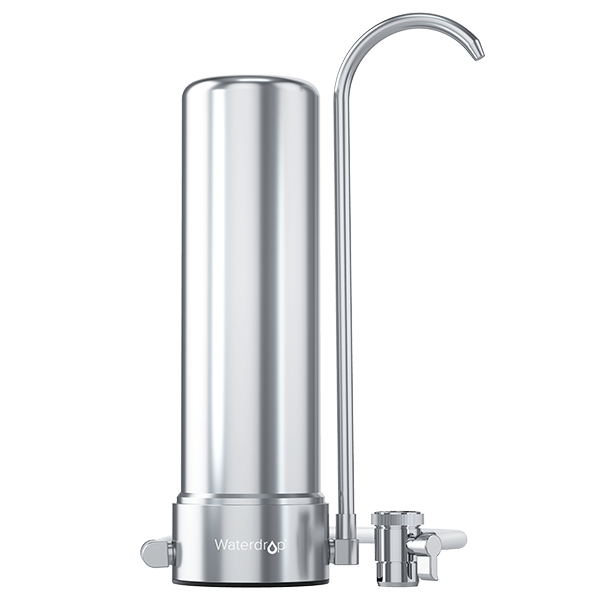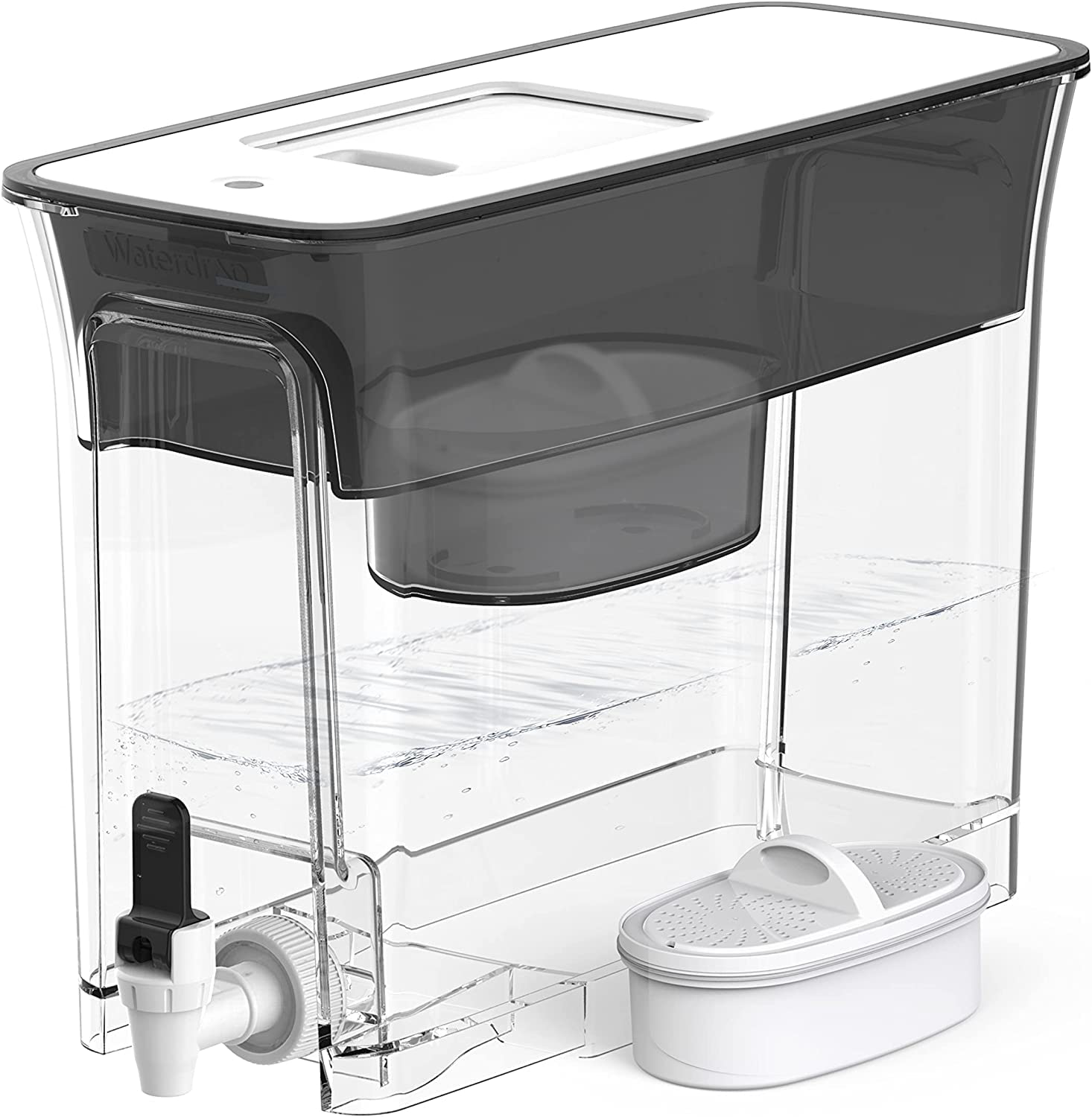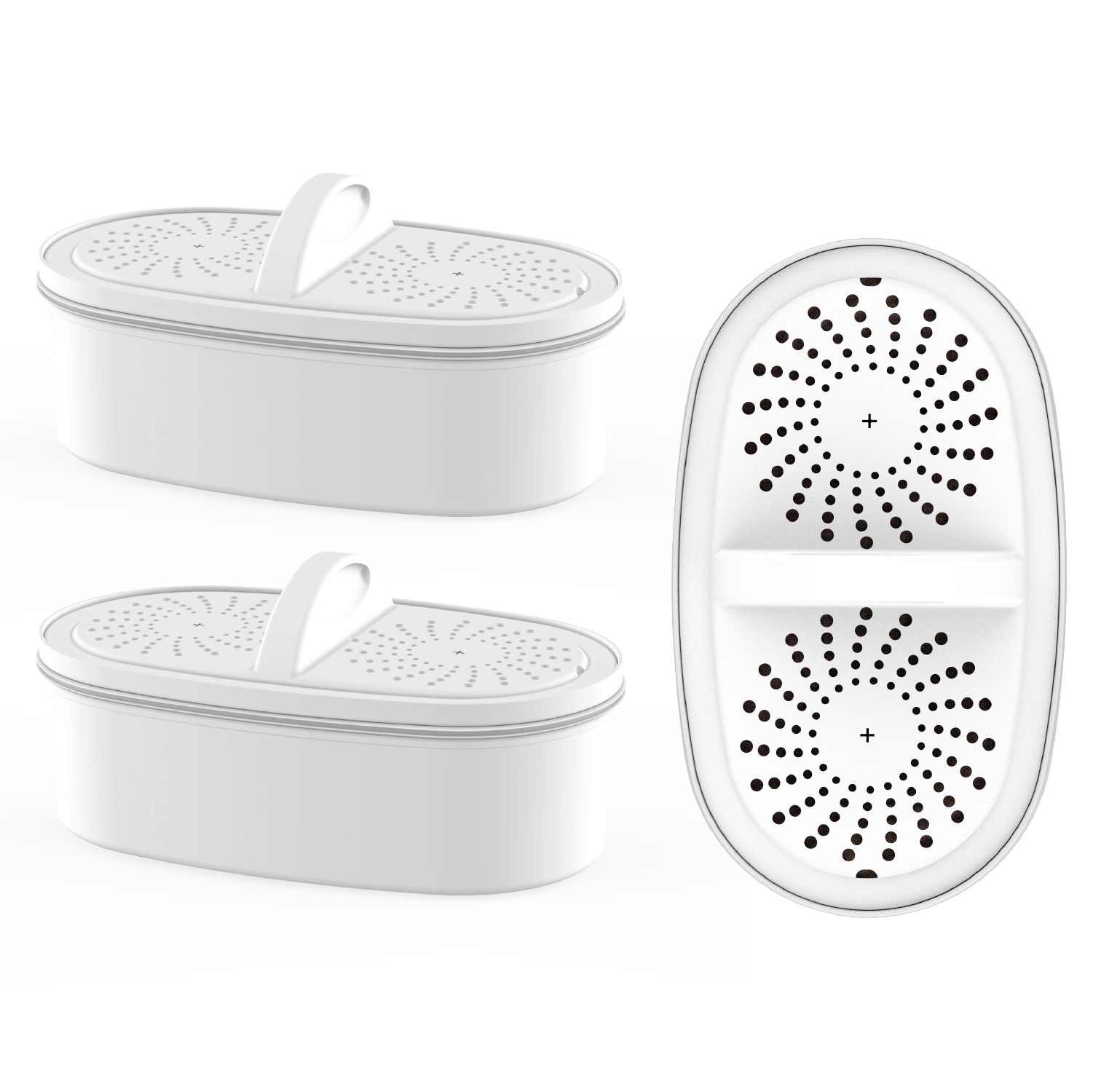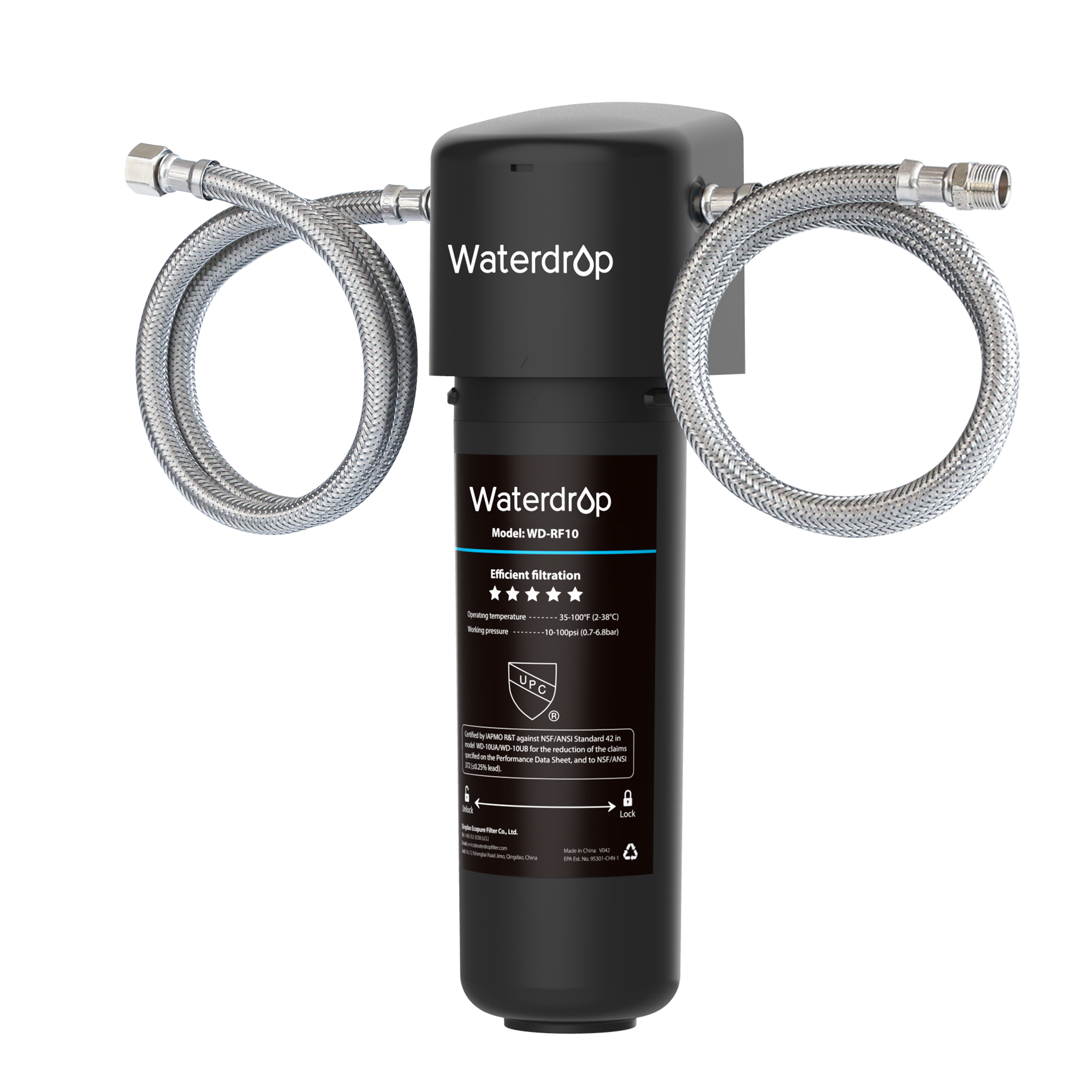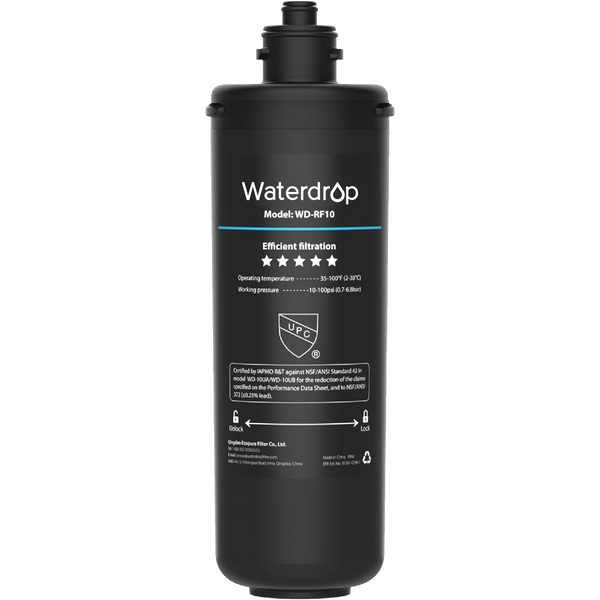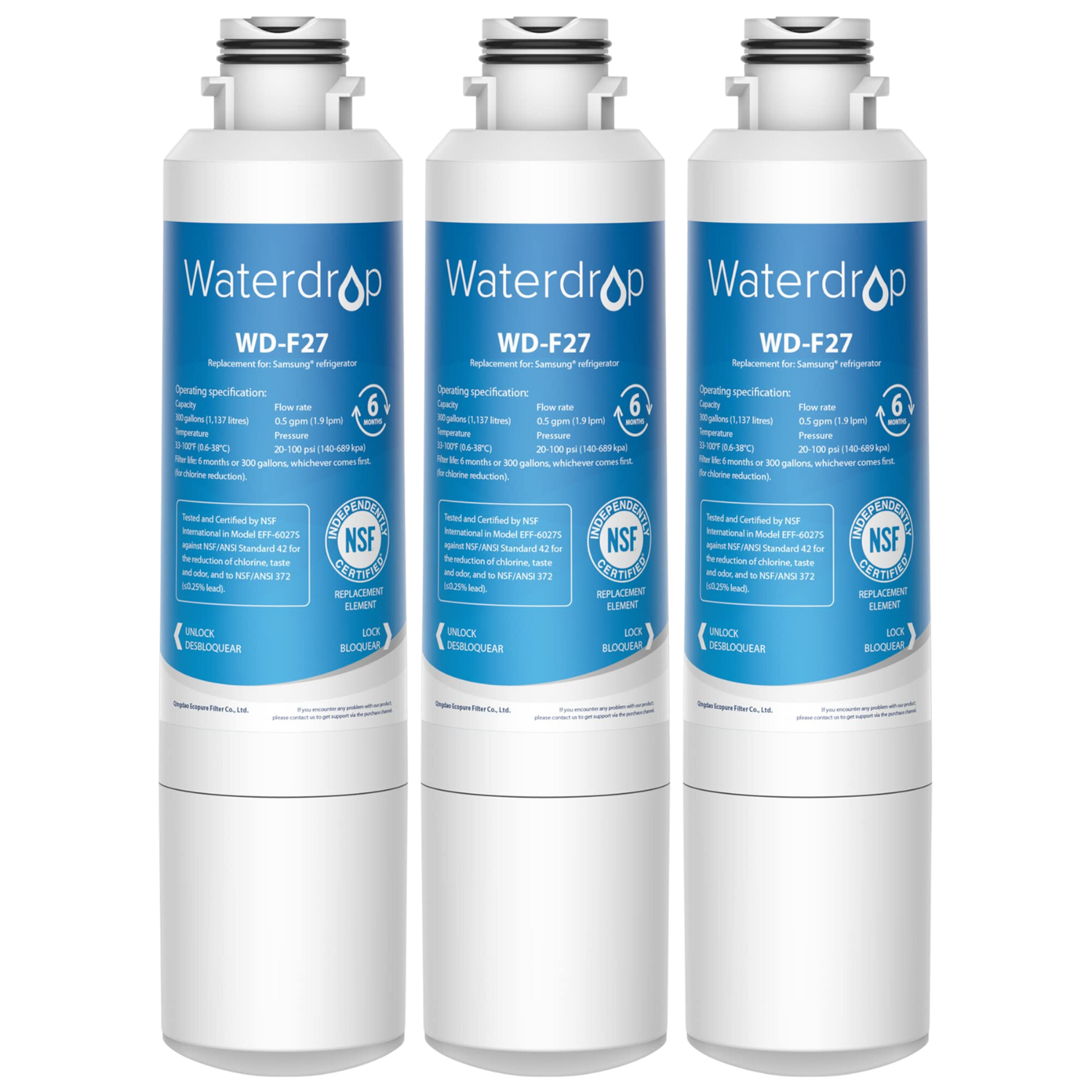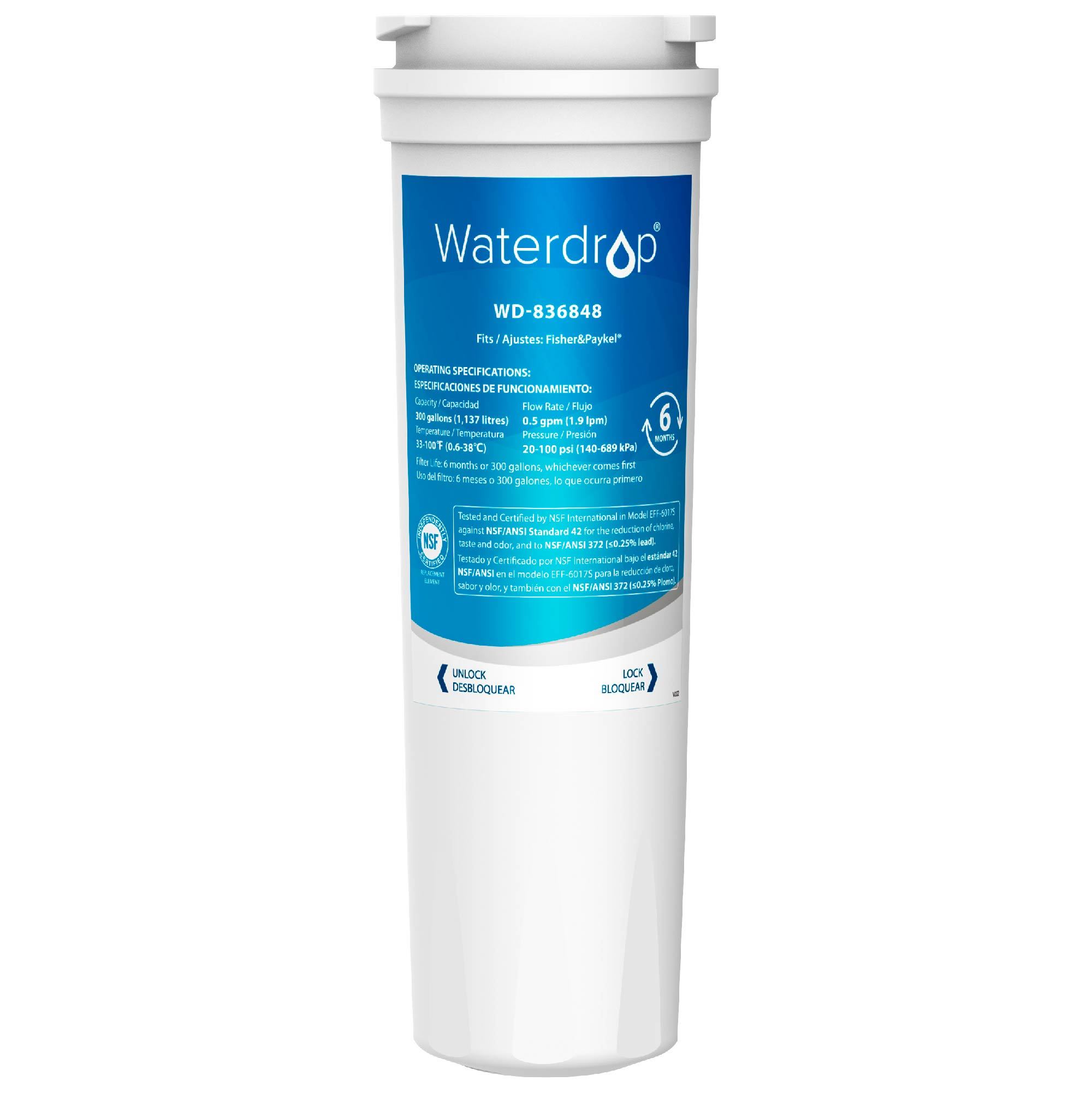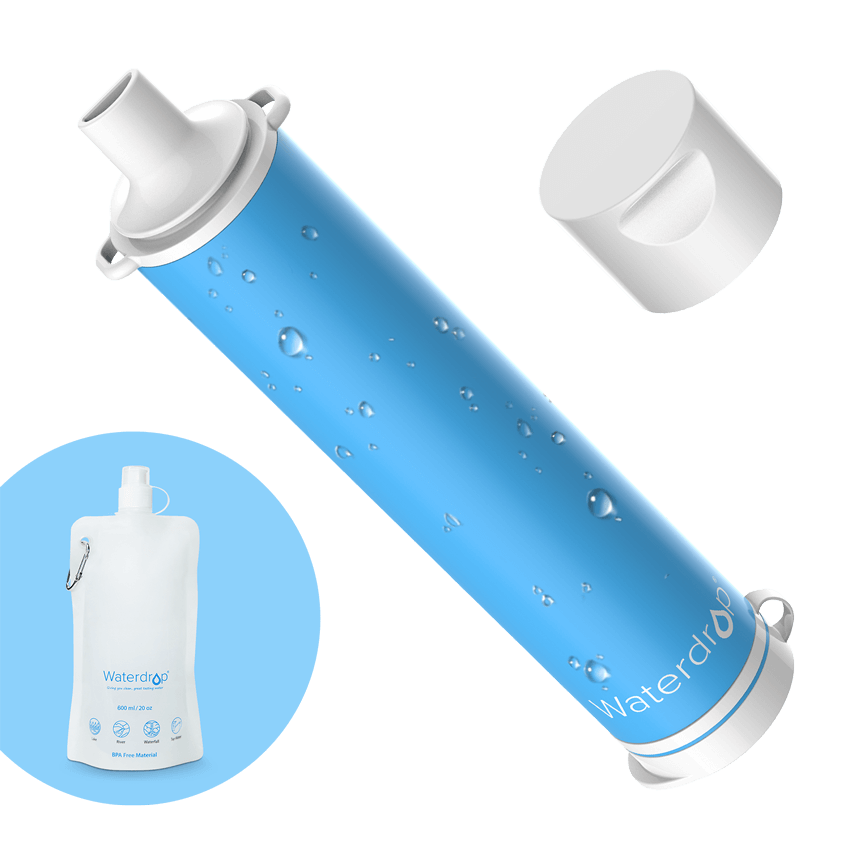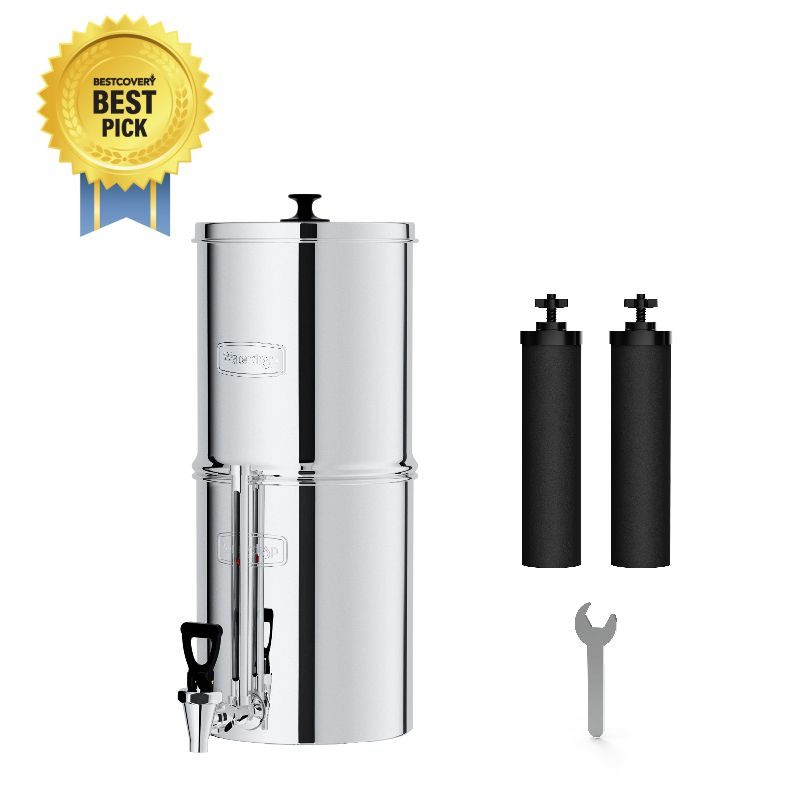What Is Deionized Water
by Dr. Jonathan Doyle - Updated March 22, 2022
Experts say water is essential to life, coming second to oxygen. Because all body cells use water, surviving more than a few days without water is impossible. Water carries oxygen and wastes to and from several organs while traveling through the human body.
When considering the different water qualities, complications may arise—for instance, distilled water and deionized water. Paying attention to water qualifications is highly significant. Water qualifications indicate the subtle differences between water classes, including their usage and how suitable they are for drinking.
What Is Deionized Water?
Several impurities in modern tap water interfere with analytical tests and chemical reactions. Water contains ions which are electrically charged atoms or molecules possessing a net positive or negative charge. Cations are positively charged ions, while anions have a negative charge. In water applications like rinsing, it is necessary to remove ions from water because they are impurities. Deionized water is water free of contaminants or minerals.
Deionization removes ions, while deionized water is water produced through the deionization process. Another common term for deionized water is demineralized water. Almost all ions are removed from the source water during the deionization process. Because some trace minerals are beneficial to the growth and development of the human body, consuming deionized water may not be best even though it is safe.
Comparing Deionized and Distilled Water
Although deionized water and distilled water are incredibly pure, their production processes are different. Recondensing water after boiling to evaporation gives distilled water while leaving most impurities behind. On the other hand, Deionized water removes all the dissolved mineral particles in water. Therefore, both distilled water and deionized water have advantages and disadvantages, depending on usage.
Distillation is an old pure water production method. During the process, water is boiled to evaporation. The produced steam then condenses to water in a contaminant-free container. Because water has a lower boiling point, most contaminants are left behind when it turns into steam, resulting in highly pure water.
The deionization process is relatively quick compared to distillation because the filtered water only passes through a mixed bed resin once. Deionization systems using two mixed bed tanks ensure the removal of all ions in the water. Furthermore, deionization is a chemical process that only requires you to monitor the process and move the water through the system.
Deionized Water Production
After removing organic materials from source water, ions like calcium and chlorides are the major dissolved impurities in the water supply. As earlier established, an ion is a molecule with a positive or negative charge. For instance, the iron ion has a positive charge. Therefore, an effective way to purify water is to replace removable ions with hydrogen (H+) and hydroxyl ions (OH-), forming pure water.
Before going through a deionization system, the source water goes through a reverse osmosis membrane. The steps before filtration remove organic materials and most of the water contaminants. Consequently, the water is clean enough before going through the deionization system.
Deionization uses two ion-exchange resins. Due to the resins’ high ion affinity, hydrogen and hydroxyl ions replace cations and anions. When source water goes through the two resins at least once, all that is left is purified water. You can regenerate a resin bed after depleting the exchange capacity using concentrated acid and caustic – this physically displaces the accumulated ions, stripping them away and leaving only hydrogen or hydroxyl ions.
What Are the Deionization Process Types?
After understanding the basic principles of deionization, the next step is to understand deionization types. Although the general concept for both is identical, the two popular deionization processes vary.
The Two-bed Deionization
The two-bed deionization process requires the use of two containers. One of the containers will contain hydrogen as the cation-exchange resin, while the other will contain hydroxyl as the anion resin.
During the two-bed deionization process, water flows into the cation-full tank—the resin then exchanges the cations in the source water with H+ ions. The resin maintains a chemical balance by supplementing one H+ ion for every monovalent cation and two H+ ions for every divalent cation. For instance, the Na+ cation is monovalent while the Ca2+ ion is divalent. Therefore, the resin replenishes one H+ ion and two H+ ions.
The next stage of the deionization process involves the water going through the second container, which is full of anions. The resin also functions similar to the first, replacing every monovalent anion with one OH- ion. Afterward, the H+ and OH- ions form purified deionized water by combining them.
The Mixed-bed Deionization
The mixed-bed deionization process mixes the cation and anion resin in a container. Because this deionization process thoroughly mixes cations and anions in one tank, the container acts as a lengthy deionizer. Consequently, this deionization process produces better quality water than the first type.
Unfortunately, this increased efficiency costs more. In addition, Mixed-bed deionization is challenging to maintain because of its susceptibility to contamination and difficulty regenerating the resin. Consequently, mixed-bed deionizers are used only for secondary purification. The primary purification is usually the two-bed deionization or a RO system.
What Are the Types of Deionizers?
The main difference between all the basic deionizer types is their application process. Nevertheless, they all function using the same principle. The four different deionizers include disposable cartridges, automatic units, continuous units, and portable exchange tanks.
What Is the Best Use of Deionized Water?
Usually, deionized water is used for scientific purposes because it is bacteria free and purified. In addition, because deionized water leads to more predictable and repeatable results, you can count on experiments using this water as 100 percent pure.
In the pharmaceutical and biotech industries, deionized water maintains product safety and integrity because it assumes the chemistry of any material added to it. Consequently, this water is critical in the medical industry. In addition, medical products manufacturers mix water in almost every product they create; therefore, using impurity-free water is essential in preventing changing the chemical composition of a product during manufacture.
Another use of water is in medicinal chemistry. For example, a chemist may want to make a solution to inject into a patient’s body. The water required to make the solution needs to meet the “water for injection” standard. Unfortunately, using water containing impurities or organic content causes adverse effects.
Another industry that uses deionized water is the glass manufacturing industry. During glass manufacture, rinsing the finished product with water is essential. However, using tap water deposits total dissolved solids on the glass products’ surface.
Can You Drink Deionized Water?
Deionization only removes ions from water, which doesn’t make the water unsafe for drinking. Therefore, viruses, bacteria, and other contaminants still exist in the water. Furthermore, deionization removes minerals from water. Consequently, drinking deionized water does not supply you with beneficial trace minerals like calcium and magnesium. Also, it may damage your tooth enamel and soft tissues. Therefore, drinking deionized water every day may not be the best option.
How Can You Get Safe Drinking Water for Your Household?
To preserve your health, drinking deionized water is not ideal. However, filtering municipal water with a household water filtration system that eliminates various water contaminants while preserving vital minerals is perfect.
Reverse Osmosis System
The RO system is an effective household water filtration system for safe and clean drinking water. This system’s membrane has a 0.0001-micron pore size which is big enough to allow only water molecules to pass through while blocking out water contaminants, including bacteria and organics.
Waterdrop Elfin Water Pitcher Filter for Home
Waterdrop Elfin Water Pitcher Filter is more suitable if you don’t have enough space for a RO system. Using multi-stage water filter technology, it can effectively filter out harmful substances, such as chlorine, taste and odor, limescale, heavy metals, and to retain beneficial substances. It features a smart LED filter life indicator, an easily visible reminder of when it’s time to replace the filter, on top of the lid to monitor the water quality.
Conclusion
Although there are no mineral ions in deionized water, this water is suitable for specific purposes other than drinking. Nevertheless, using a RO system or a water pitcher filter may make deionized water ideal for drinking.
Subscribe to win your order for free
Subscribe to our newsletter and place an order for a chance to win your entire purchase for free! Winners will be randomly selected and refunded in full. Winners will be announced on this event page, and we'll notify them via email. Don’t miss out—subscribe now to qualify!


